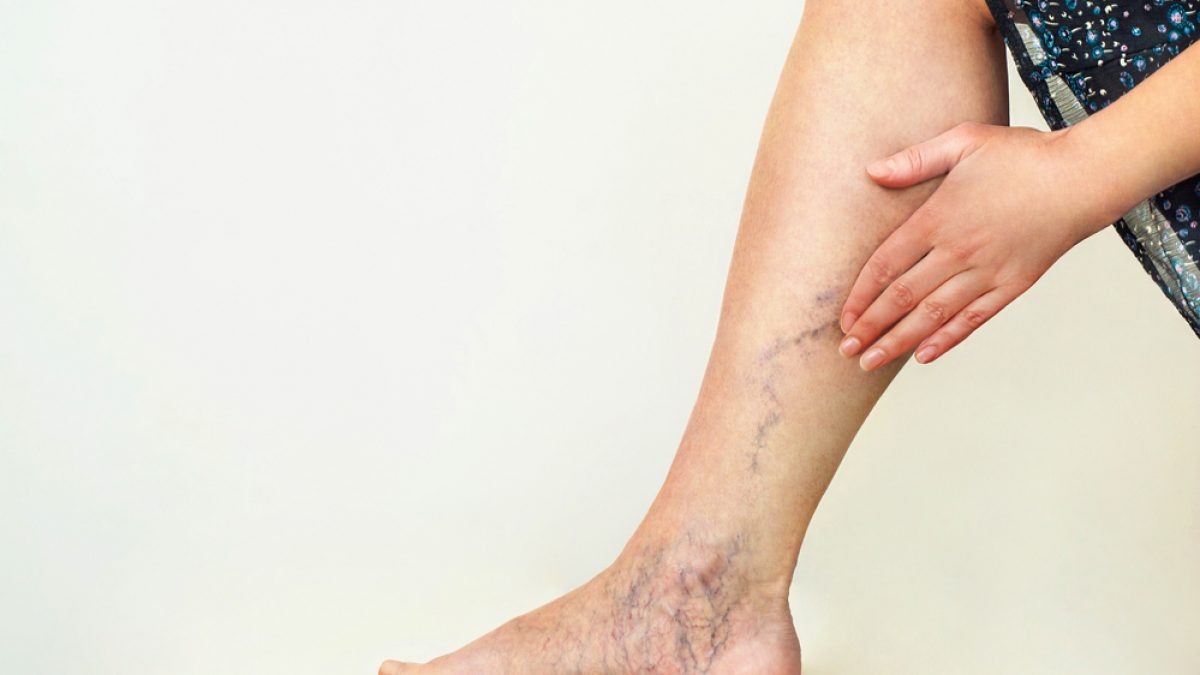15, 5, 2014
What If I need my Great Saphenous Vein for Bypass Someday?
La Jolla Vein Care2021-11-04T16:18:45-07:00Why Do My Varicose Veins Hurt in Warm Weather?
La Jolla Vein Care2014-05-13T23:28:20-07:00Today, San Diegans experienced an unseasonable heat wave and gusty winds. Many people with varicose veins may notice worsening leg pain today or with warm weather and heat in general.
The reason for this is that heat causes veins to expand and trap more blood. In unhealthy veins, such as varicose veins, the walls are weak […]
Dr. Fronek Hosts PBS Special On Vein Care
La Jolla Vein Care2021-11-04T16:00:06-07:00Watch La Jolla Vein Care’s Dr. Fronek on PBS’s special on vein care, ‘Ask A Vein Expert- A Phlebologist’ to learn more about venous disease. More than 80 million Americans suffer from some type of vein disorder. More than 30 million people are undiagnosed with varicose veins or venous insufficiency. […]
Non-surgical Varicose Vein Treatments Mean Quicker Recovery
La Jolla Vein Care2021-11-04T14:21:35-07:0023, 4, 2014
How To Reduce Your Risk of DVT During Air Travel
La Jolla Vein Care2021-11-04T14:19:28-07:00A deep vein thrombosis (DVT) is a blood clot that develops in the deep veins of the legs. If it travels to the heart and lungs (pulmonary embolism), it can be fatal. Blood clots, (DVTs) are a serious condition and occur in 1% of airline passengers in long haul flights greater than 8 hours. On […]
What is the Relationship Between Leg Cramps and Venous Disease?
La Jolla Vein Care2021-11-13T14:39:39-08:00Leg cramps occurring at night (nocturnal leg cramps) are a common symptom of venous disease. In fact, in the San Diego Population Study, leg cramps were the second most common symptom in people with the venous disease with a prevalence of 14.3%. Leg aching (17.7%) was the most common complaint and tired and swollen […]
Does Insurance Cover Varicose Vein Removal?
La Jolla Vein Care2014-04-17T15:48:24-07:00Vein procedures are generally a covered benefit by most insurance types (including Medicare) if they are considered medically necessary. Medical necessity requirements varies by the individual policy, but in general the varicose veins must cause symptoms such as leg pain, heaviness, fatigue, aching, restless legs, swelling or skin changes such as darkening of the skin around […]
26, 3, 2014
Am I Too Old? Varicose Vein Treatment at Any Age
La Jolla Vein Care2021-11-04T19:02:17-07:00We’re often asked, ‘Am I too old to treat my varicose veins?’ The answer is no. Since modern varicose vein treatments are largely non-surgical, there are appropriate treatment options for those of any age. While varicose veins are more common with each decade of life, they can appear on young teenagers or at any time […]







